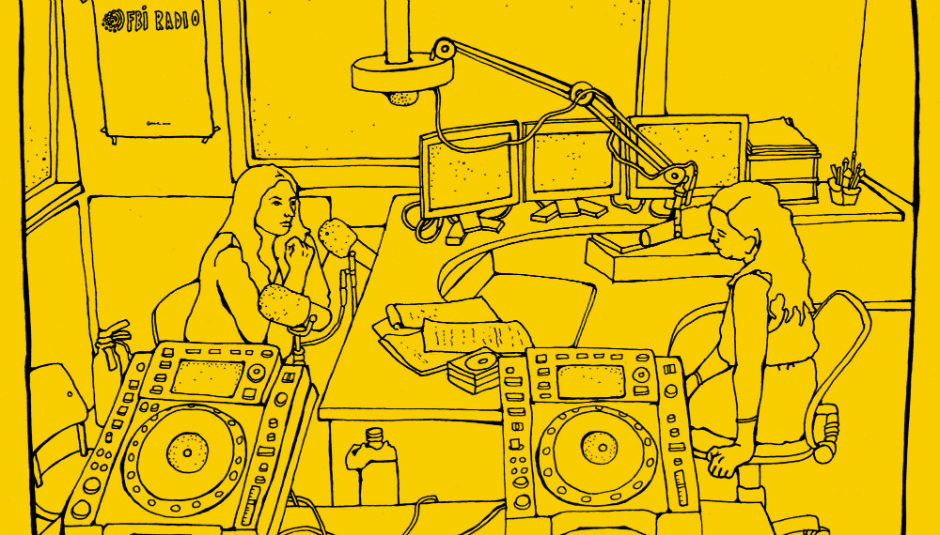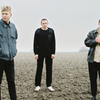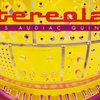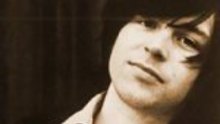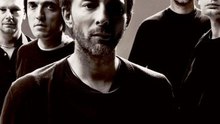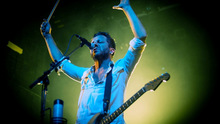In the year 1957 a special broadcast was transmitted by the BBC by Daphne Oram and Frederick Bradnum, which they called at the time, ‘an experiment’. The pair were attempting to produce ‘radiophonic sound’, a kind of composition made out of the physical materials of the studio - magnetic tape sliced by razor blade and reassembled, to give form to what they believed would be an entirely new genre. Taking sounds and playing them backwards, looping them, changing their speeds, they aimed to magnify and invent simple sounds‘, turning an extremely tinny cowbell’ into ‘vast and subtle symphonies’. Unwilling to call it music, they preferred to term their work ‘radiophonics’. Their aim was to use the equipment and technical possibilities of radio itself to create a new form of production, ‘a form that is essentially radio’.
In an era of production and transmission of radio online, the form-giving aspects of the platform have been subsumed by its load capacity, a tendency to take an increasing number of content types and store them in vast online archives for an on-demand audience. The radio is more like an archive than a platform. However five years ago Brooke Olsen and Scarlett Di Maio founded a show on FBi radio in Sydney, which tapped into the form giving properties of radio itself encouraging musicians to transform sound, and their own idea of it. The show Ears Have Ears is still running weekly, expanded to include Sam Eacott as a digital producer, as well as other offshoots such as an event series. It features an original composition by a musician or sound artist, which they call ‘a soundtrack to an imaginary film’. Over the past five years, the scope of the project has allowed the hosts to commission a wide range of musical genres and production techniques - even entering into new realms entirely.
Scarlett and Brooke spoke about the many compositions they have commissioned, and their goal to commission NASA to make a soundtrack from outer space.
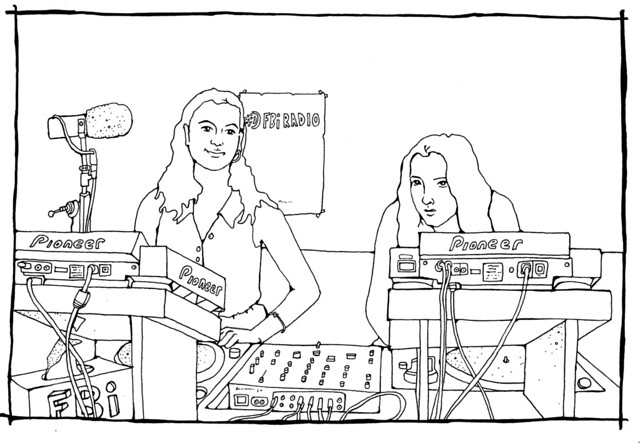
DiS: Can you explain the format of the show and whether or not it has changed over time?
Brooke Olsen: Ears Have Ears is a two-hour experimental music program broadcast weekly on FBi Radio. It's a mix of new, experimental and forward thinking music plus. On every show, we feature either a soundtrack, a mix or a live performance. For example, recently we had a mix from a Sydney cellist Mary Rapp, and we also had an exclusive soundtrack made by a Sydney artist named Alex White. The idea is to open the listeners’ ears up to new sounds.
Scarlett Di Maio: We’re moving toward being interested in sound generally, and innovation in sound.
BO: We hope that people’s ears prick up when they hear different sounds and wonder about them, question the kind of context or the way an artist has made something.
Do you require artists to compose original music for the show?
BO: The soundtracks are long form pieces of audio, about fifteen to twenty minutes in length. The contributor brief says it's a soundtrack to their own imagining, a soundtrack to an unmade film, but the artists take that in lots of different ways.
SDM: Some people rework their own releases, for example, Lucrecia Dalt an artist from Barcelona, actually reworked her whole album and contributed that as a soundtrack, which was really cool.
BO: Some artists use it as a way to kind of explore their own music in a longer format. So they might have some ideas that they really want to work on but having that focus of twenty minutes to work towards for a new piece can be really good and focusing for some artists.
SDM: The large majority of what we contribute to our show is completely original. And exclusive.
BO: And we also put them up as streaming tracks on our Soundcloud, which is like an audio archive. We don’t make them downloadable because in case musicians want to release them.
Can you think of any examples of artists that produced something which really surprised you?
BO and SDM: Bum Creek.
BO: We’ve had this long running relationship on Ears Have Ears with Tarquin Manek. He used to be in this band Bum Creek that originally came from Canberra and it was one of the first compositions we booked in for the show, and instead of a soundtrack it was a radio play. It was kind of incredibly surrealist. We also had The Rangoons. They made a radio play for us too. Tarquin’s piece he made for us last year was a spoken word piece, a collaboration he did with a British artist called Martina Quake. It’s really strange and interesting. So it’s wonderful when they come back with something completely unexpected.
SDM: What about what Scanner made? It's a UK artist who’s quite well-known in Europe. I think it was our second soundtrack?
BO: He’s done heaps of highly acclaimed installation stuff.
SDM: He made this piece with amazing production, where you hear rain falling and then footsteps at the end of the soundtrack. Like you were walking away from the piece in the rain.
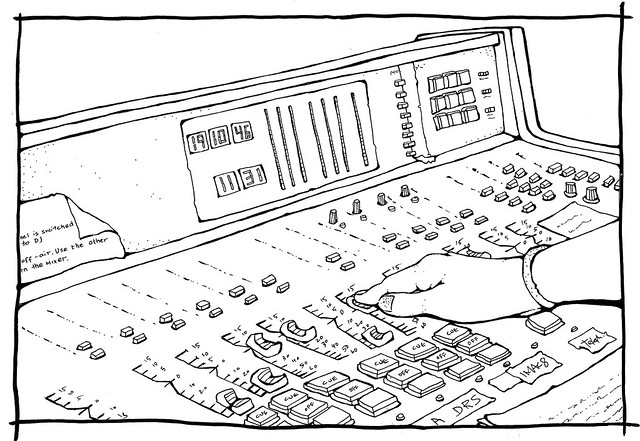
Who are your audience? You broadcast locally here, on FBi Radio, with broadcast and live stream going out here in Sydney, but you also upload recordings to Soundcloud - do you have a lot of overseas interest?
BO: Yes, FBi has an international and national audience through On Demand, so there’s that, while the Soundcloud is really about showcasing the particular soundtracks the artists do and putting them on a platform where it’s more of a producer’s community. From there they’ll start to follow us on Soundcloud or start listening to the show.
Are there other shows that you think are doing similar things or do you think you’re kind of like pioneers?
SDM: Definitely not pioneers. I think we’ve carved something unique. There’s certainly people who have paved the way before us.
BO: I can’t think of any shows that are really similar to ours anywhere in the world.
SDM: Not with the soundtrack aspect.
BO: It’s kind of like the format is shaped around the sounds that we want to explore and the best way to put that across to the listener. I’m a really big fan of free form radio, like WFMU and that style of radio making which allows the listener to explore new sounds and ideas and we don't really preach to them that much, you just play great stuff.
Has anyone has referenced the history of radio or worked or done things to explore the possibilities of radio making in particular?
BO: Sally Ann McIntyre's micro-radio project station, Radio Cegeste, from Dunedin in New Zealand, did a performance on the show with a whole bunch of short wave radios, set them up on a frequency across a really small range in the studio, and transmitted from them. She creates an installation where radios are placed in proximity to the microphones in the room. And she is also really obsessed with bird calls and archiving the history of birdsong, so she has all these old 78” records which she plays alongside that. She brought in a little portable turntable and an incredible collection of shellac records and played them along with her radios - it was an interesting exploration of technology and nature and how they interact. Τhere are many artists working in that realm at the moment, like Holly Herndon; she’s constantly exploring that idea of humans versus technology more than nature versus technology.
How?
BO: I think a lot of her work is really about questioning how humans operate in a space that is so technologically driven.
And has that ever come out in any of the pieces that people have contributed for the show?
SDM: Mirko did a soundtrack called Radio Dreams and his whole thing was made out of radio signals. That's probably the most radio-focused thing we’ve had.
**I remember a Daphne Oram recording called Private Dreams Public Nightmares Private Dreams and Public Nightmares, this broadcast from the 50s, where they experimented with tape and gave this very weird, psychedelic and dark spiel at the beginning.
BO: Sounds amazing.
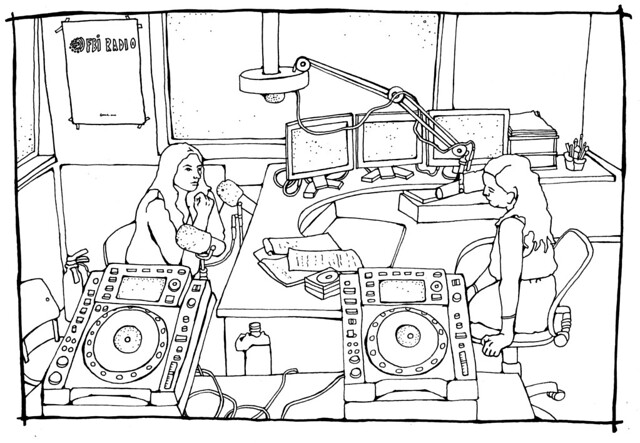
It’s very cool. So I was kind of interested to see if other artists were referencing radio in particular or using radio technology to produce sound.
BO: Μost artists are just using whatever they have, and reel to reel tape splicing kind thing, is obviously a bit of an obsolete technology. But I’d love to have some artists come in and play reel to reel machines. It’d be so good.
You know the tagline of the show is Unexplored Territories In Sound, can you ever imagine the format kind of evolving to take a kind of more territorial approach where you are really specifically sourcing music from different countries or time periods or anything like that?
BO: We do now and then put in a historical piece - like a pioneer in this field. And we’re also trying to make sure we’ve got a good spread of artists from across the world. Αlot of experimental music history has not included countries that maybe don't have means to distribute music as easily as we do in the West or internet access to other things. But there is definitely a whole bunch of stuff happening across the world that’s a good fit for our show.
SDM: FBi is a station with a focus that is Australian music as well, you know, 50 percent. So we’ve got to remember what this station is about, that’s important to us. And it’s about supporting Australian artists.
I guess I’m just trying to figure out if what’s emerging around the world in different places - like if the coral is growing in new patches we could explore?
SDM: There’s New Zealand? Yeah, there’s a scene there now.
BO: Egypt.
SDM: Yeah there’s heaps going on in Egypt. And in Myanmar or Burma.
BO: Indonesia. And then it’s going to sound kind of weird but basically, I discovered about a year ago that there were all these artists in the seventies and eighties who were exploring underwater for sounds.
Oh my God! That is so cool!
BO: And then we found this artist Dr Leah Barclay, who has been working with different councils and recording underwater and making different installations out if this stuff.
SDM: For UNESCO.
BO: So it’s kind of this combo of acoustic ecology, field recordings, kind of like nature documentary stuff and sound art. It’s very, very interesting. There’s quite a bit of that stuff in Australia. I’m really interested in that. Scarlett’s really interested in space.
Really?
SDM: Yeah I love space. I’ve asked NASA twice now to give us a soundtrack of space sounds, but I haven’t heard back; I try twice a year. One day NASA will give us a soundtrack and it’ll be sick. Can you imagine a whole soundtrack of space? Saying that NASA was a soundtrack contributor? It’s been my long-term goal for the show.
BO: So there are different places globally that we should be exploring, different parts of the world, but there are also different…
Realms.
SDM: It ties into what I was saying earlier about how our show is kind of moving a little bit into just being interested in what sound is and these field recordings and these studies. And yeah I hope we’ll be exploring more of that stuff in the future, definitely.

